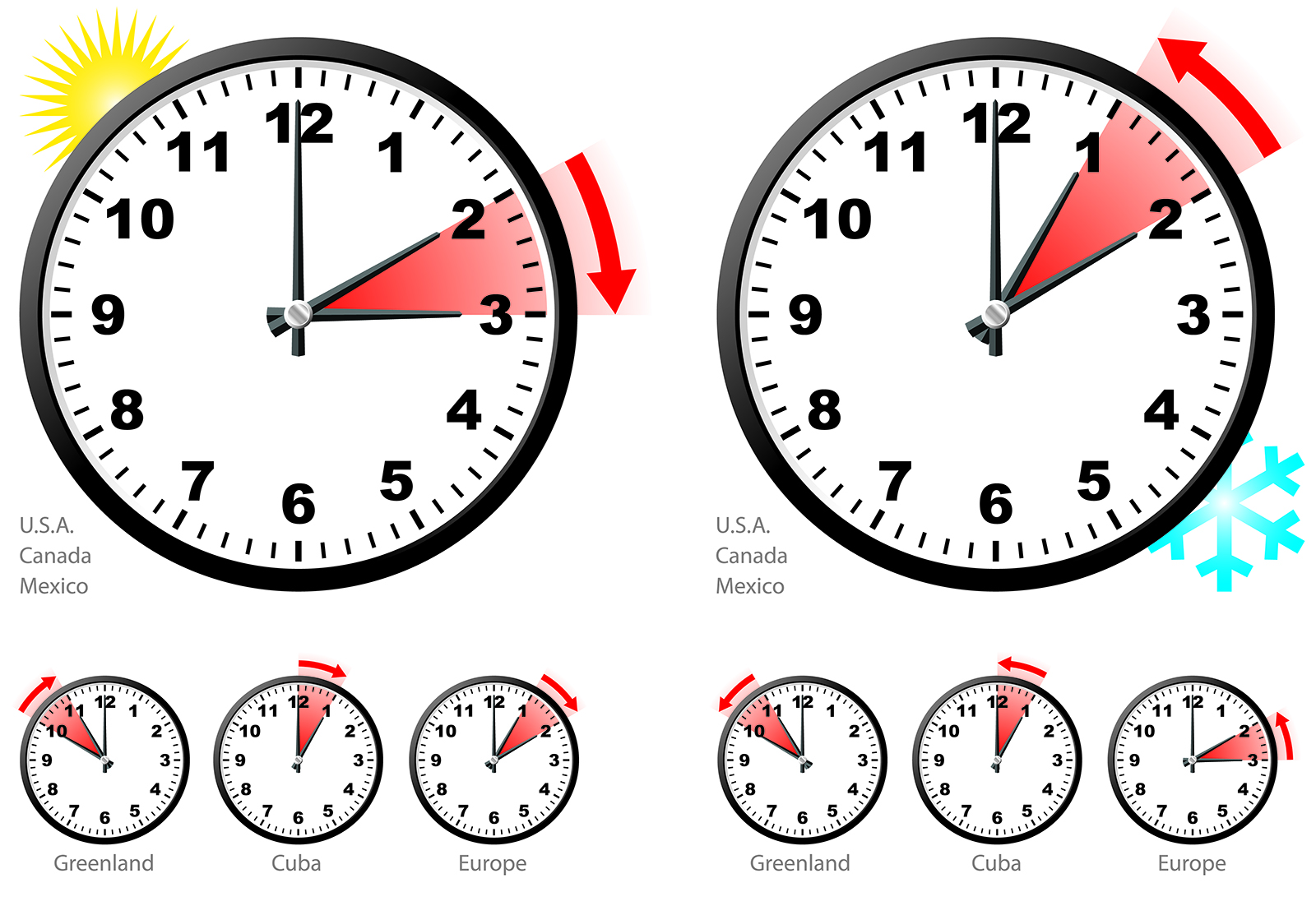Understanding the Permanent End of Daylight Savings Time
Daylight Savings Time (DST) has been a topic of debate and discussion for decades. While some people enjoy the extra daylight in the evenings, others find the biannual clock changes disruptive. With increasing discussions about ending Daylight Savings Time permanently, many are left wondering: when does Daylight Savings Time end permanently? This article delves into the intricacies of DST, exploring its history, the current status of legislation, and what the future might hold.
Key Takeaways

- Daylight Savings Time has been a part of many countries’ timekeeping for over a century.
- There is ongoing debate and legislation regarding the permanent end of DST.
- The decision to end DST permanently involves both federal and state-level considerations.
- Public opinion is divided, with both supporters and opponents of DST.
The History of Daylight Savings Time
Daylight Savings Time was first implemented during World War I as a way to conserve energy. The idea was to make better use of daylight during the longer days of summer, thereby reducing the need for artificial lighting and saving fuel. Over the years, DST has been adopted, repealed, and reintroduced in various forms across different countries.
In the United States, DST was standardized in 1966 with the Uniform Time Act, which established a system of uniform DST across the country. However, states were given the option to opt out, leading to a patchwork of time observances.
The Modern Debate: Why End Daylight Savings Time?
The debate over the efficacy and necessity of Daylight Savings Time has gained momentum in recent years. Critics argue that the original energy-saving benefits are minimal in today’s world, and the disruption caused by changing the clocks twice a year can lead to health issues, reduced productivity, and general inconvenience.
Proponents of ending DST permanently argue that a consistent time throughout the year would benefit both individuals and businesses by eliminating the confusion and adjustment period associated with the time changes. Additionally, studies have shown that the transition into and out of DST can increase the risk of heart attacks, accidents, and other health-related issues.
Current Legislation and Movements
In recent years, several states and countries have taken steps towards ending Daylight Savings Time permanently. In the United States, many states have passed legislation to remain on Daylight Savings Time year-round, but these changes require federal approval. The Sunshine Protection Act, a federal proposal to make DST permanent nationwide, has gained attention but has yet to be enacted.
Internationally, the European Union has also considered ending the practice, with a proposal to allow member countries to choose whether to remain on standard time or DST permanently. However, this decision has been delayed due to the complexities of coordinating time changes across multiple countries.
Challenges to Ending Daylight Savings Time
One of the primary challenges in ending Daylight Savings Time permanently is achieving consensus among various stakeholders. While some states and countries are eager to make the change, others prefer to maintain the status quo. Additionally, the economic implications of such a change, particularly for industries that rely on synchronized time zones, must be considered.
Moreover, the impact on international relations and trade must be taken into account, as time differences can affect cross-border business operations and communications.
Public Opinion on Daylight Savings Time
Public opinion on Daylight Savings Time is divided. Surveys indicate that while a significant portion of the population supports ending the biannual clock changes, there is no clear consensus on whether to remain on standard time or DST year-round. Some people appreciate the extended daylight in the evenings that DST provides, while others prefer the consistency of standard time.
Ultimately, the decision to end Daylight Savings Time permanently will need to balance these differing opinions and consider the broader implications for society as a whole.

The Future of Daylight Savings Time

As discussions continue, the future of Daylight Savings Time remains uncertain. While there is growing momentum towards ending the practice, the path forward involves navigating legislative, economic, and social challenges. Whether or not Daylight Savings Time ends permanently will depend on the ability of policymakers to address these complexities and reach a consensus that reflects the needs and preferences of the population.
For now, individuals and businesses continue to adjust their clocks twice a year, while keeping a close eye on developments in the ongoing debate over the future of Daylight Savings Time.
The question of when does Daylight Savings Time end permanently is not easily answered. While there is significant movement towards ending the practice, the decision involves a complex interplay of legislation, public opinion, and economic considerations. As discussions progress, it will be crucial for stakeholders to work collaboratively to find a solution that benefits everyone. Until then, the biannual ritual of changing the clocks remains a part of our lives.